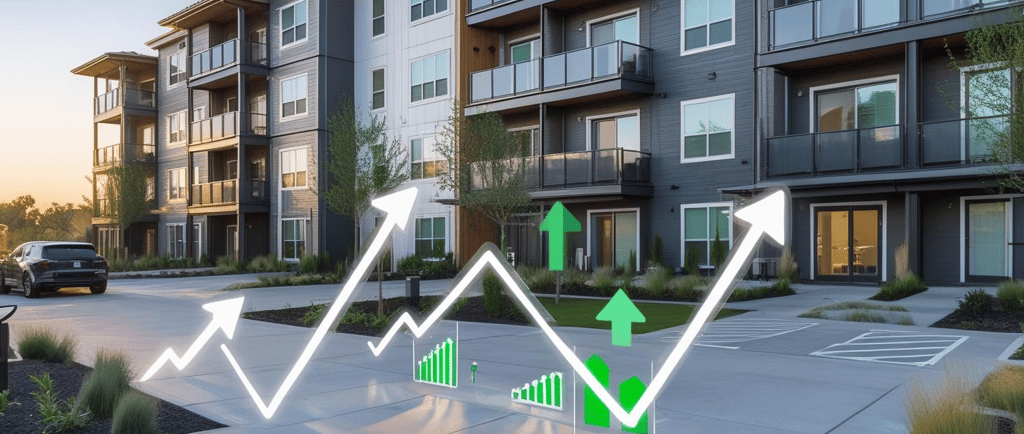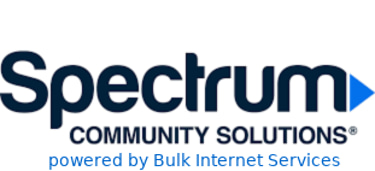The Smart Owner's Playbook
7 Key Areas to Maximize Your Apartment Building NOI
7/1/20254 min read


The Smart Owner's Playbook: 7 Key Areas to Maximize Your Apartment Building NOI
In today's competitive multifamily market, successful apartment building owners understand that maximizing NOI requires more than just collecting rent checks. With average apartment building NOI ranging from 8-12%, the difference between mediocre and exceptional returns often comes down to strategic focus in the right areas.
Whether you're managing a 20-unit complex or a 200-unit property, these seven key areas represent the foundation of a profitable apartment investment strategy.
1. Revenue Optimization Through Dynamic Pricing
Gone are the days of setting rent once a year and forgetting about it. Today's most successful apartment owners leverage data-driven pricing strategies that respond to market conditions in real-time.
The modern approach includes:
Weekly or bi-weekly rent adjustments based on demand patterns
Seasonal pricing strategies that capitalize on peak moving periods
Unit-specific pricing that reflects amenities and location within the property
Competitive analysis to ensure optimal market positioning
Smart owners use revenue management software to track local market trends, monitor competitor pricing, and identify optimal lease terms. This dynamic approach can increase annual revenue by 3-8% compared to static pricing models.
2. Diversifying Income Beyond Base Rent
The most profitable apartment buildings generate significant revenue from sources beyond monthly rent. These ancillary income streams not only boost overall returns but also provide stability during market fluctuations.
High-impact ancillary revenue opportunities:
Utility billing programs that recover costs while promoting conservation
Pet fees and services (with 67% of households owning pets, this market is substantial)
Parking optimization including reserved spaces and guest parking fees
Storage solutions from on-site units to partnerships with nearby facilities
Convenience services like package management, maintenance, and cleaning
Application and administrative fees that cover processing costs
The key is implementing services that create genuine value for residents while generating additional income. Properties that successfully diversify income streams often see 15-25% increases in revenue per unit.
3. Strategic Value-Add Renovations
Not all renovations deliver equal returns. Successful apartment owners focus their capital improvements on upgrades that command higher rents and attract quality tenants.
High-NOI renovation priorities:
Kitchen and bathroom modernization - These spaces drive rental decisions and justify premium pricing
Energy efficiency upgrades - LED lighting, efficient appliances, and smart thermostats reduce operating costs
Technology infrastructure - High-speed internet, smart locks, and wireless connectivity appeal to modern renters
Curb appeal enhancements - First impressions matter, and exterior improvements boost marketability
In-unit laundry - This amenity often justifies $50-100+ monthly rent premiums
Smart owners analyze renovation costs against potential rent increases and improved tenant retention to ensure positive NOI on every improvement project.
4. Operational Efficiency and Cost Management
While revenue growth gets attention, controlling expenses is equally important for NOI maximization. Efficient operations can significantly impact your bottom line without requiring additional capital investment.
Key efficiency strategies:
Preventive maintenance programs that reduce emergency repairs and extend asset life
Technology integration for streamlined operations, from property management software to automated rent collection
Energy management systems that monitor and optimize utility usage
Vendor relationship optimization through competitive bidding and performance-based contracts
Staff productivity tools that enable teams to manage more units effectively
Properties that optimize operations typically see expense ratios 10-20% lower than industry averages, directly improving NOI and overall returns.
5. Tenant Retention as a Profit Strategy
Tenant turnover is one of the biggest profit drains in apartment ownership. Between lost rent, marketing costs, unit preparation, and leasing expenses, turnover can cost $3,000-$5,000 per unit.
Retention-focused strategies:
Proactive communication through multiple channels and quick response to concerns
Community building with events, amenities, and resident engagement programs
Maintenance excellence ensuring issues are resolved quickly and correctly
Strategic renewal offers that balance market rates with retention goals
Value-added services that increase resident satisfaction and stickiness
Properties with retention rates above 75% typically outperform the market significantly, as reduced turnover costs flow directly to the bottom line.
6. Technology Integration for Competitive Advantage
Modern apartment owners leverage technology not just for convenience, but as a direct driver of NOI improvement. The right technology stack can reduce costs, increase revenue, and improve tenant satisfaction simultaneously.
NOI-driving technology investments:
Revenue management platforms for optimized pricing strategies
Property management software that streamlines operations and reduces labor costs
Smart building systems for energy management and operational efficiency
Digital marketing tools that reduce vacancy periods and marketing costs
Resident portals that improve satisfaction while reducing administrative burden
While technology requires upfront investment, properties that embrace digital transformation often see 5-15% improvements in operational efficiency and tenant satisfaction scores.
7. Market Intelligence and Strategic Positioning
Understanding your market position and adapting to changing conditions separates successful apartment owners from those who struggle. This requires ongoing analysis and strategic thinking.
Essential market intelligence activities:
Regular competitive analysis to understand pricing, amenities, and positioning
Demographic trend monitoring to anticipate tenant needs and preferences
Local economic indicators that affect demand and rental rates
Regulatory awareness to stay ahead of policy changes that impact operations
Submarket analysis to identify emerging opportunities or threats
Owners who stay informed about market conditions can make proactive decisions about pricing, renovations, and positioning that maximize returns even during challenging periods.
The Bottom Line: Integration is Key
While each of these areas offers opportunities for NOI improvement, the most successful apartment building owners understand that they work best in combination. Revenue optimization supports renovation funding, which improves retention, which reduces costs and supports premium pricing.
The apartment owners achieving the highest returns – often 12-15% or more – aren't necessarily those with the most expensive properties. They're the ones who systematically focus on these key areas, making data-driven decisions and continuously optimizing their operations.
Success in apartment ownership requires treating your property like the business it is: focusing on revenue growth, cost management, customer satisfaction, and strategic positioning. By concentrating your efforts on these seven key areas, you'll be well-positioned to maximize returns and build long-term wealth through multifamily real estate.
Ready to optimize your apartment building's performance? Start by conducting a comprehensive analysis of your current position in each of these seven areas, then prioritize improvements based on your property's specific opportunities and constraints.
About Us
Contact us
© 2025. All rights reserved.
